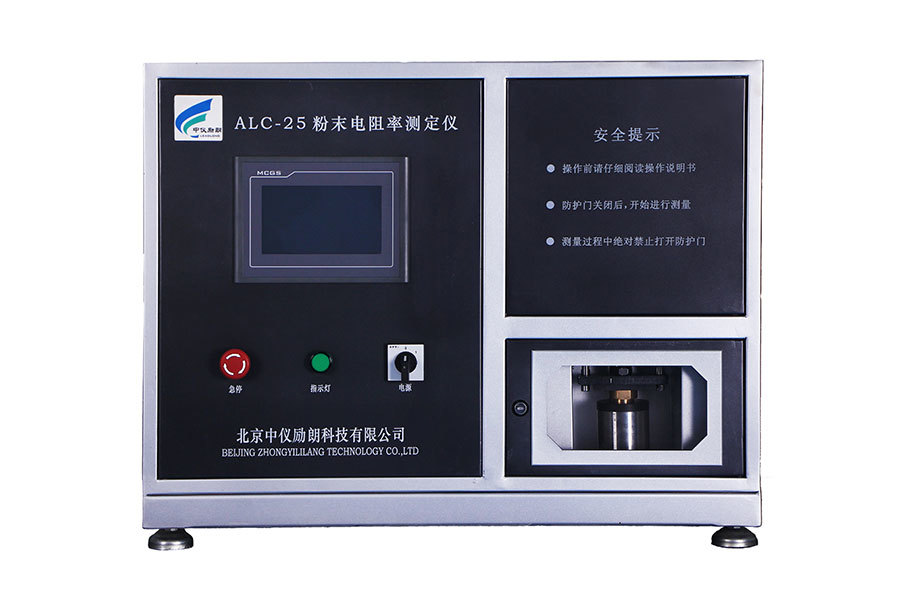Understanding the Importance of Physical Property Measurement in Powder Quality
May 20,2025

Introduction to Powder Quality and Measurement Techniques
In the world of materials science, **powder quality** plays an integral role in determining the performance and reliability of end products across various industries, including pharmaceuticals, cosmetics, and food processing. **Powder Physical Property Measuring Instrument** is paramount in evaluating powders, as it provides insights into how these materials behave under different conditions. Understanding the physical properties of powders helps in optimizing formulations, ensuring product consistency, and enhancing process efficiency.
Our exploration into the importance of physical property measurement in powder quality will cover various key aspects, including why these measurements matter, the parameters that are commonly assessed, the methodologies employed in measurements, and the implications for multiple sectors.
Why Measure Physical Properties of Powders?
The measurement of **physical properties** in powders is crucial for several reasons:
The Role of Consistency in Quality Control
Maintaining consistency in powder quality ensures that products meet regulatory standards and consumer expectations. Inconsistent powders can lead to variations in product performance, potentially causing failures in applications.
Optimizing Formulations for Desired Characteristics
By measuring physical properties, manufacturers can tailor their formulations to achieve specific characteristics, such as flowability, compressibility, and dissolution rates. This optimization is particularly essential in industries like pharmaceuticals, where the bioavailability of a drug can be influenced by the powder's properties.
Enhancing Process Efficiency
Understanding the physical properties of powders allows for more efficient processing. For instance, if a powder's flowability is known, adjustments can be made to the equipment or processes to reduce downtime and enhance productivity.
Key Parameters in Powder Quality Assessment
Several physical parameters are critical for assessing powder quality. These include:
Particle Size Distribution (PSD)
**Particle size** affects flowability, packing density, and dissolution rates. Utilizing laser diffraction or sieve analysis, manufacturers can ascertain the PSD, which directly influences product performance.
Bulk Density
Bulk density refers to the mass of powder per unit volume, including the void spaces between particles. This measurement is essential for understanding how powders behave during processing and packaging.
Flow Properties
The flowability of a powder determines how well it can be transported and processed. Measuring parameters like Hausner ratio and Carr index provides insights into a powder's flow characteristics.
Moisture Content
Excess moisture can adversely affect powder quality, leading to clumping or degradation. Techniques like Karl Fischer titration are employed to accurately gauge moisture levels.
Common Measurement Techniques for Powder Physical Properties
Various methodologies exist for measuring physical properties of powders, and selecting the appropriate technique is crucial for obtaining accurate results.
Dynamic Light Scattering (DLS)
DLS is frequently used to measure particle size and distribution at the nanoscale. This technique can provide insights into the behavior of fine powders.
Scanning Electron Microscopy (SEM)
SEM offers high-resolution images of powder particles, allowing for detailed analysis of shape, surface structure, and morphology, contributing to a deeper understanding of how these factors influence performance.
Rheometry
Rheometers measure the flow behavior of powders, giving insights into their viscosity and how they will behave under stress, such as during mixing or transport.
Mercury Intrusion Porosimetry (MIP)
MIP is utilized to assess pore size distribution and total porosity, which are important for applications involving catalytic activity or drug delivery.
Impact of Physical Properties on Various Industries
The implications of powder physical properties extend across numerous sectors:
Pharmaceutical Industry
In pharmaceuticals, the physical properties of powders directly influence drug formulation, bioavailability, and stability. Precise measurements can lead to better therapeutic outcomes and patient compliance.
Cosmetic Industry
For cosmetic products, powder properties such as texture and flowability are vital for ensuring an appealing application. Proper measurement can result in products that perform consistently and meet consumer expectations.
Food Processing
In food applications, the physical properties of ingredients like flour and spices can alter taste, texture, and shelf life. Accurate measurements help ensure product quality and safety.
Challenges in Measuring Powder Physical Properties
Despite advances in technology, measuring powder physical properties is not without its challenges.
Variability in Powder Characteristics
Powders often exhibit high variability due to differences in sources, processing conditions, and storage, making consistent measurement difficult.
Equipment Limitations
Not all measurement techniques are suitable for every type of powder. Some methods may require extensive sample preparation or may not provide comprehensive data.
Environmental Factors
Humidity, temperature, and other environmental factors can affect the measurements of powder properties, leading to discrepancies in results.
The Future of Powder Measurement Technologies
As industries evolve, so do measurement technologies. Innovations in **powder characterization** are on the horizon, with advancements such as:
Automation and Real-Time Monitoring
Automated systems for real-time monitoring of powder properties during production will enable manufacturers to respond quickly to any deviations, thus maintaining product quality.
Advanced Imaging Techniques
Emerging imaging technologies will provide more detailed analyses of particle morphology and surface characteristics, enhancing our understanding of how these factors affect performance.
Integration of Artificial Intelligence (AI)
AI and machine learning algorithms will facilitate the analysis of complex data sets, enabling better predictions and optimizations in powder behavior and processing.
Conclusion
In conclusion, the measurement of physical properties in powders is a fundamental aspect of ensuring **powder quality** across various industries. Through understanding the key parameters and employing appropriate measurement techniques, manufacturers can optimize formulations, enhance product consistency, and improve overall process efficiency. As technology continues to advance, the future of powder measurement holds exciting possibilities that will further refine our capabilities in this essential field.
Contact Us








